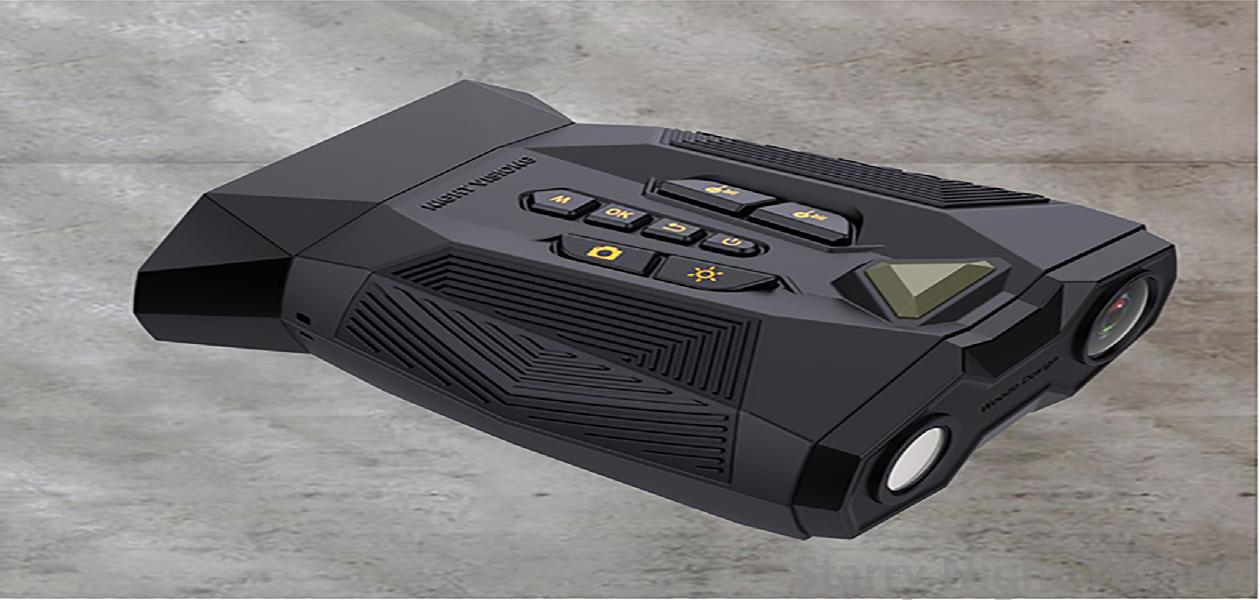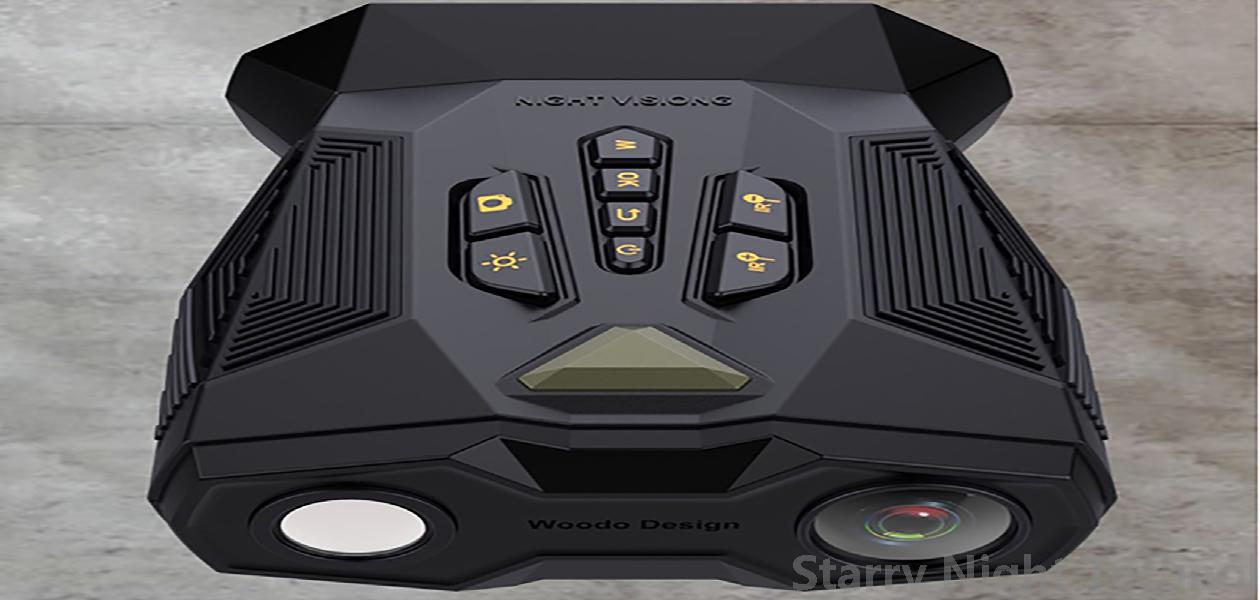From Combat to Healthcare: The Versatile Applications of Night Vision Technology
1755691214000

Night vision technology has long been synonymous with military and defense operations, offering soldiers the ability to see in darkness and low-light conditions. This pivotal technological advancement has undeniably transformed battlefield tactics and improved the safety and effectiveness of armed forces worldwide. However, as time progresses, night vision has diversified far beyond its original intended purpose—finding applications in vibrant sectors like healthcare, public safety, wildlife monitoring, and more. This article explores how night vision technology has evolved and illustrates its impact across various industries.
#### Origins and Advancements
The genesis of night vision technologies can be traced back to World War II when the need for enhanced visibility at night became paramount for combatants. The earliest forms were cumbersome devices that relied on ambient light amplification; however, significant advancements have since transpired. The development of image intensifiers and thermal imaging has fueled drastic improvements in quality, size, and accessibility.
Today’s night vision systems utilize advanced technologies, including infrared sensors, digital processing, and even AI algorithms, leading to more portable, efficient, and high-definition tools capable of operating under a variety of environmental conditions.
#### Military and Defense
Although contemporary night vision technology is widely recognized outside military realms, it remains indispensable within them. Modern soldiers employ advanced monoculars, goggles, and weapon sights, which provide remarkable clarity during nighttime operations. These devices help reduce fatigue, increase situational awareness, and ultimately save lives by allowing troops to navigate safely through hostile environments.
Additionally, military organizations are digitizing traditional night vision capabilities into integrated platforms where drone surveillance and ground robotics equipped with night vision aid assistance force personnel drastically. As conflicts evolve, so too will the application of this versatile technology in counter-terrorism, border control, and reconnaissance missions.
#### Law Enforcement and Public Safety
Beyond warfare, night vision technology plays a critical role in law enforcement and public safety operations. Police departments around the world deploy night vision equipment during night patrols or complex operations such as search-and-rescue missions, hostage situations, and narcotic raids. The capacity for officers to operate undetected offers tremendous tactical advantages, enhancing investigation precision while reducing potential risks associated with engaging suspects.
Furthermore, urban planners and city managers are utilizing night vision technology to monitor crime hotspots effectively. Installed cameras paired with night vision capabilities can ensure swift responses to incidents after dark, minimizing response times while ensuring the safety of both citizens and law enforcement.
 In recent years, night vision technology has found its place within environmental science and wildlife conservation efforts. Ecologists and biologists increasingly use night vision tools to observe nocturnal animals without disturbing their natural behaviors. While traditional methods focused primarily on diurnal patterns, dusk-to-dawn observation provided deeper insights into species habits, population dynamics, and reproductive activities.
In recent years, night vision technology has found its place within environmental science and wildlife conservation efforts. Ecologists and biologists increasingly use night vision tools to observe nocturnal animals without disturbing their natural behaviors. While traditional methods focused primarily on diurnal patterns, dusk-to-dawn observation provided deeper insights into species habits, population dynamics, and reproductive activities.Conservationists also turn to night vision to prevent poaching, allowing rangers to surveil protected areas discreetly at night. Thermal imaging not only helps detect illicit human movements but also enables tracking of endangered species, ensuring adequate protection measures are taken by authorities.
#### Healthcare Innovations
One of the most intriguing developments lies within the healthcare sector, where night vision technology is being harnessed to enhance diagnostic procedures and surgical outcomes. For instance, certain hospitals trialing specialized endoscopic instruments fitted with near-infrared night vision allow surgeons to visualize blood vessels and lymph nodes more clearly than ever before. By providing enhanced contrast between different tissue types, these instruments improve accuracy during surgeries, minimize damage to surrounding tissues, and boost recovery times.
Remote patient monitoring using night vision cameras has emerged as another fascinating application. With sleep disorders on the rise, many healthcare professionals leverage night vision technology to conduct thorough overnight observations in patients' homes. Continuous monitoring using minimal light allows clinicians to analyze sleep patterns comprehensively and develop tailored treatment plans.
#### Future Prospects
As researchers continue to innovate, future applications of night vision technology promise to extend far beyond traditional boundaries. Artificial intelligence integration may lead to self-optimizing systems capable of identifying specific user requirements, developing real-time analytics to inform decision-making processes.
Scientists are exploring next-generation materials, such as graphene, that could revolutionize night vision manufacturing, making systems lighter, cheaper, and more energy-efficient.
Additionally, partnerships born from collaborative research among diverse fields enable us to envision how relevant innovations could unify capabilities across disciplines. Multi-functional devices uniting night vision with other sensory technologies (like sound detection or motion sensors) might emerge as formidable tools in law enforcement, personal safety, and emergency services.
#### Conclusion
From combat scenarios to healthcare advancements and ecological breakthroughs, night vision technology's versatility highlights an important narrative about innovation itself: necessity truly serves as the mother of invention. What began as a tool for military advantage has blossomed into multifaceted applications positively impacting society today. Understanding its evolution reveals untapped potentials ready to shape tomorrow's challenges effectively—a testament to humanity's continuous quest for resilience and enhancement.
What are the brands of night vision devicesStarry Night Technol

